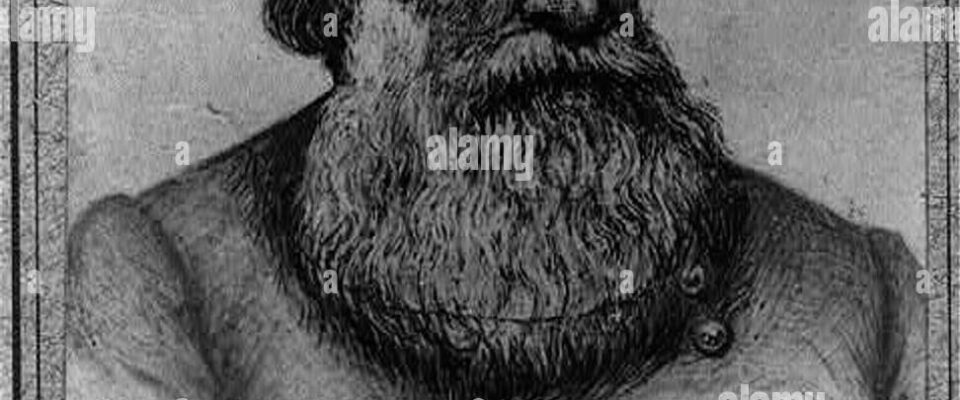Henry Gray – The Pioneer of Modern Anatomy
Henry Gray (1827–1861), an English physician, is the author of the classic medical textbook “Gray’s Anatomy”, one of the most important and influential works in the history of medicine.

First published in 1858, Gray’s Anatomy originally bore the title “Anatomy: Descriptive and Surgical”, later shortened. The book provides a comprehensive understanding of human anatomy through hundreds of detailed illustrations by Henry Carter, Gray’s colleague. It has become a foundational resource for anatomy education in medical schools around the world.
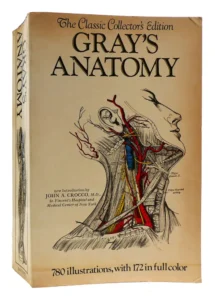
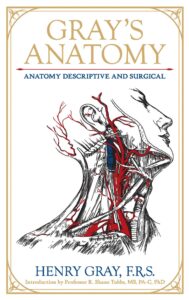
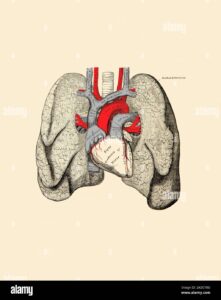
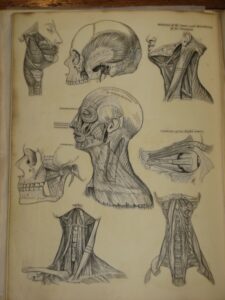
During his lifetime, Gray did not live to witness the full impact of his work. He died of smallpox at the age of 34, just before the second edition was released. Nevertheless, his masterpiece has been reprinted dozens of times and has never become outdated.
Gray’s Anatomy was written in an era without antibiotics, anesthesia, or electric lighting. Many of the anatomical specimens came from unclaimed bodies in poorhouses, whose silent contribution laid the groundwork for modern medical knowledge.
The book is often referred to as the “Bible of Medicine”, and was once described by writer Sinclair Lewis as one of the three essential books for a physician’s training—alongside the Bible and the works of Shakespeare.
Each time you turn the pages of Gray’s Anatomy, take a moment to honor those anonymous individuals—whose bodies paved the way for the advancement of human knowledge in medicine.

